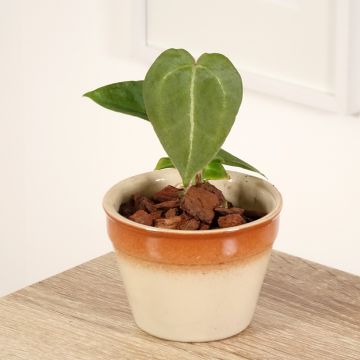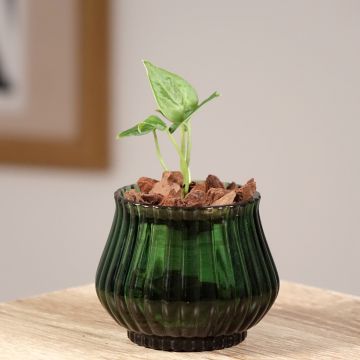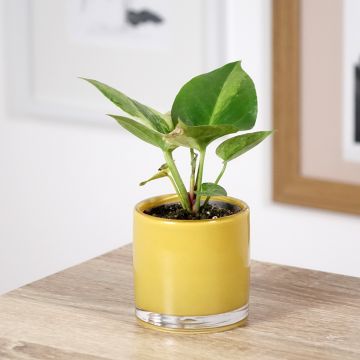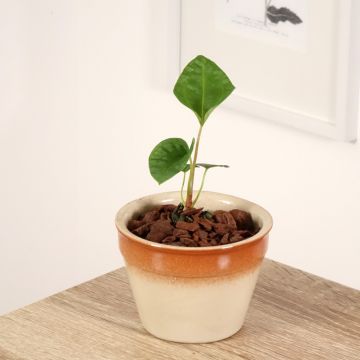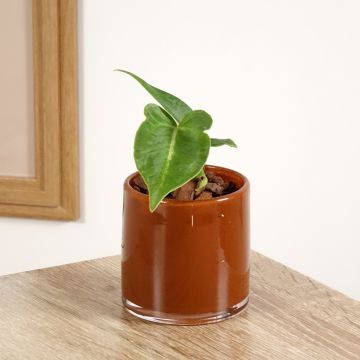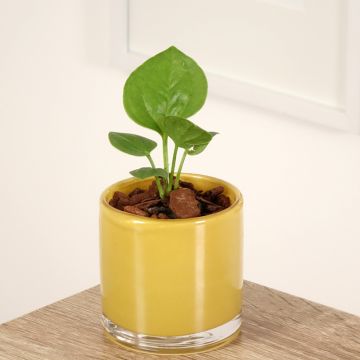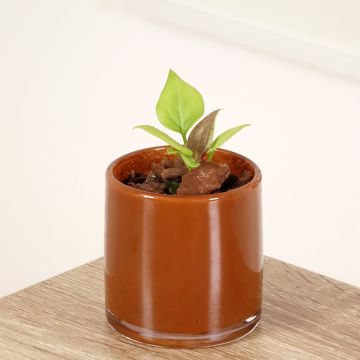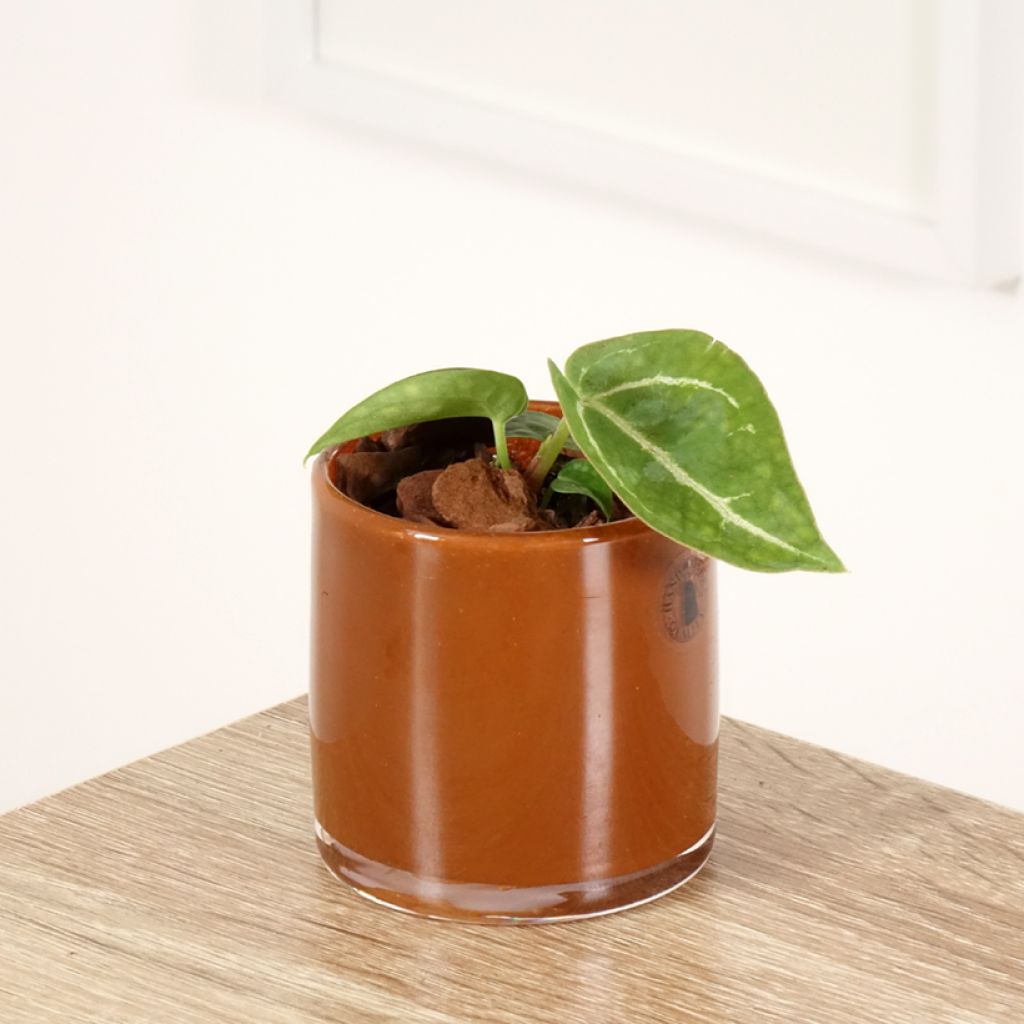

Anthurium crystallinum
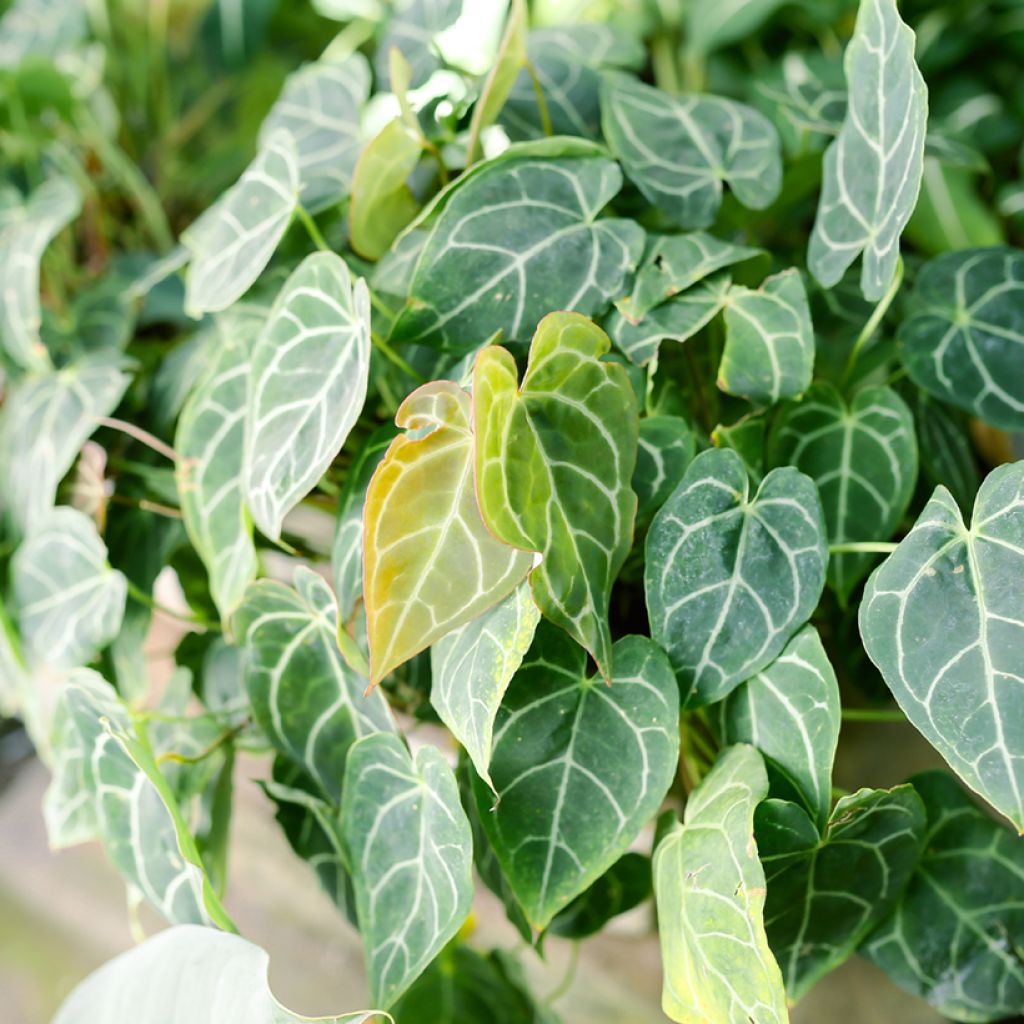

Anthurium crystallinum
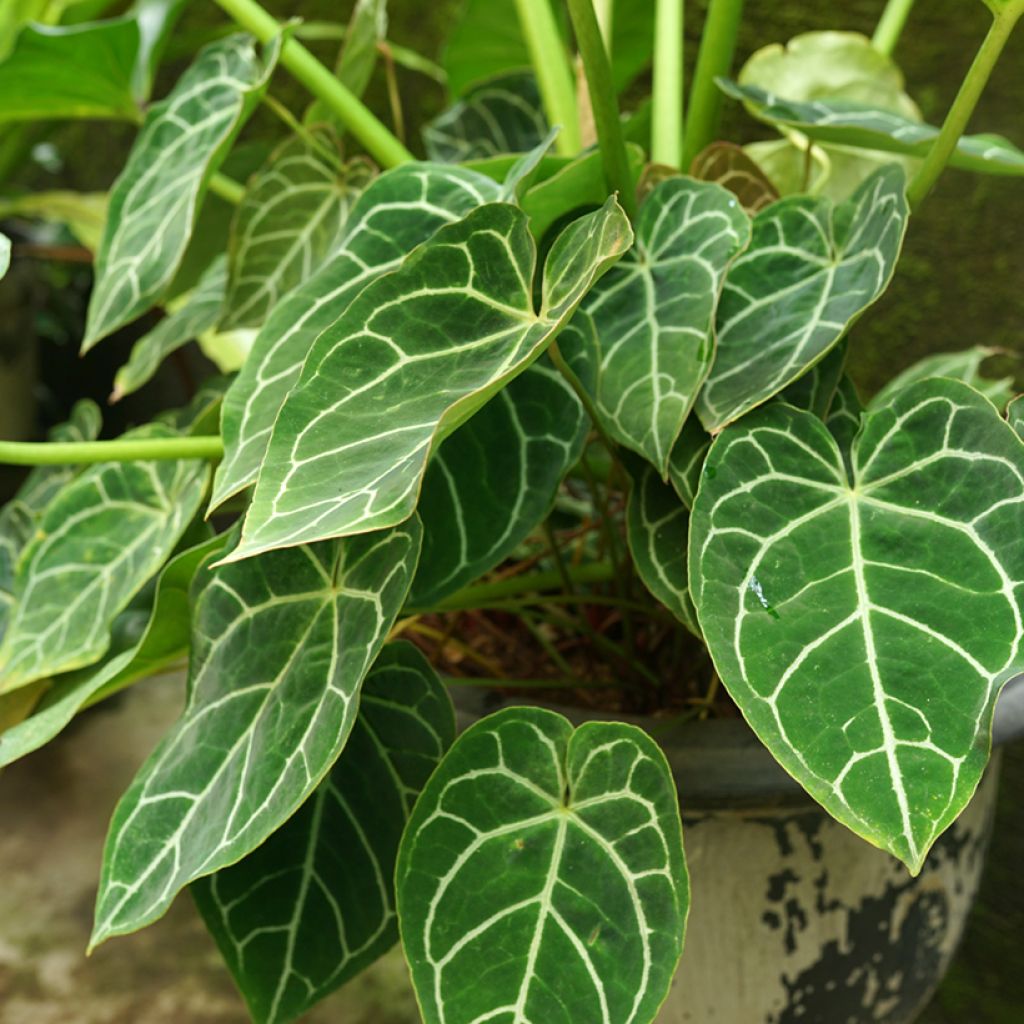

Anthurium crystallinum


Anthurium crystallinum
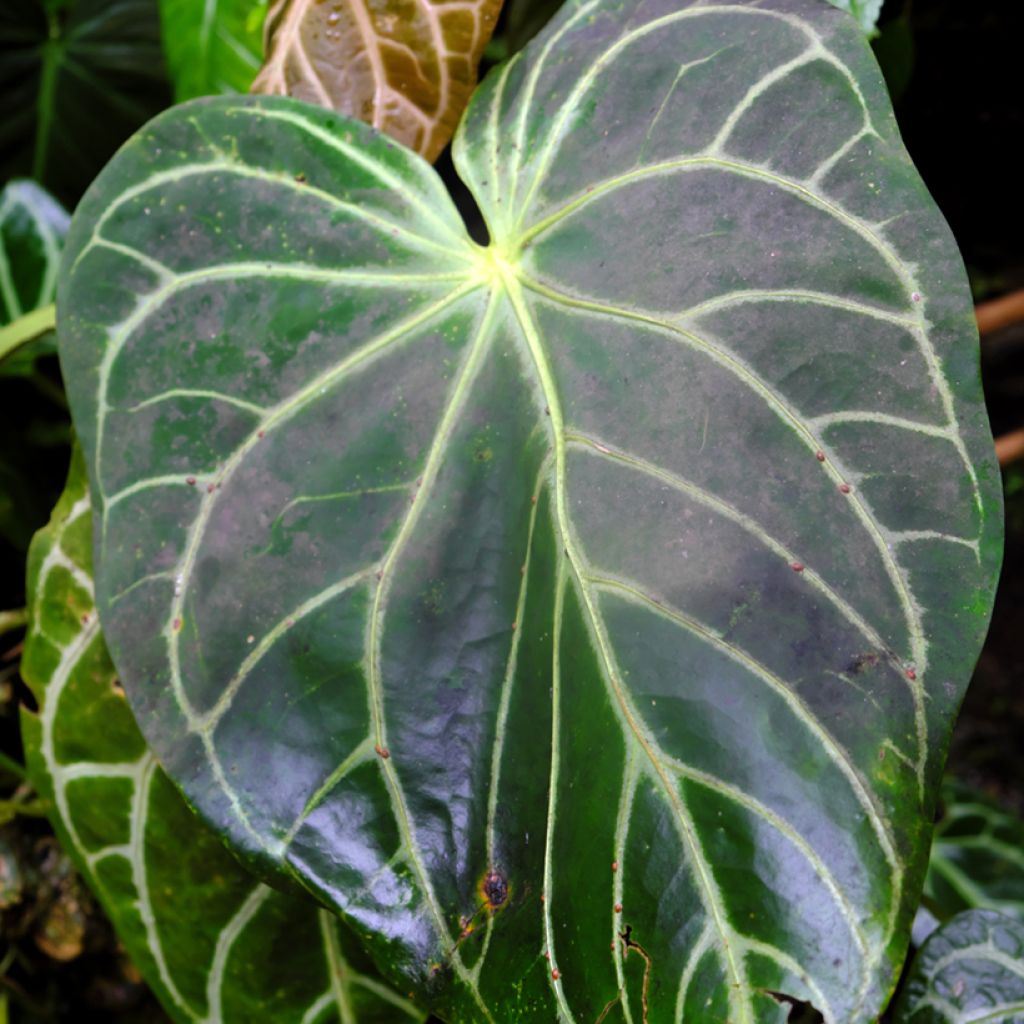

Anthurium crystallinum
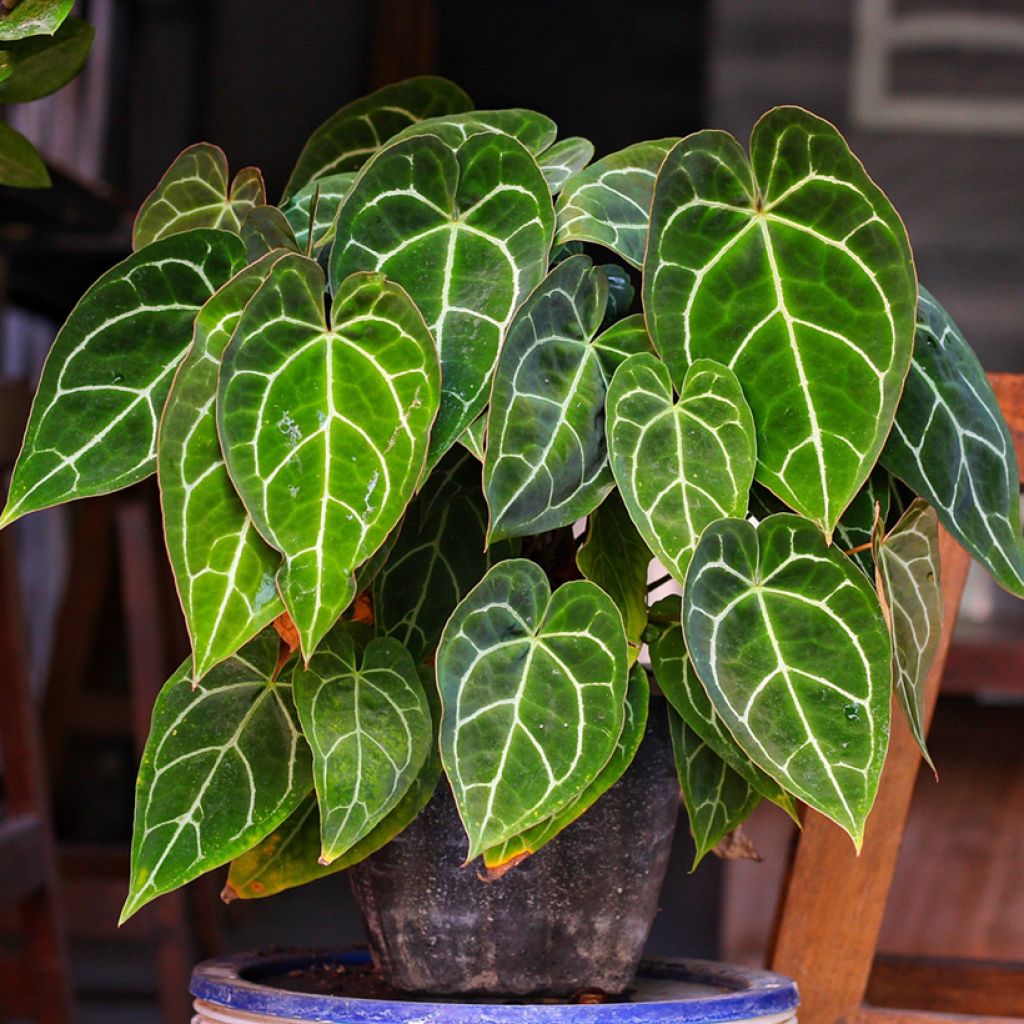

Anthurium crystallinum


Anthurium crystallinum
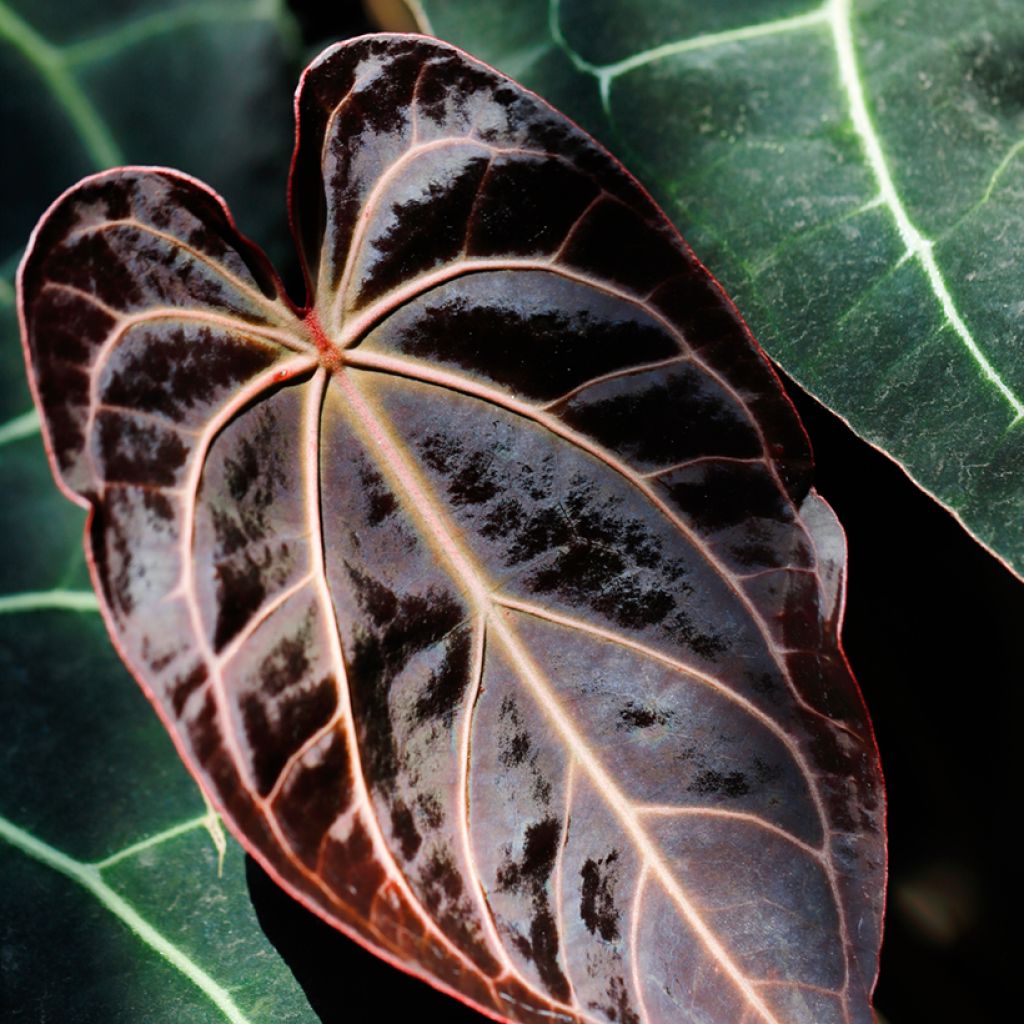

Anthurium crystallinum
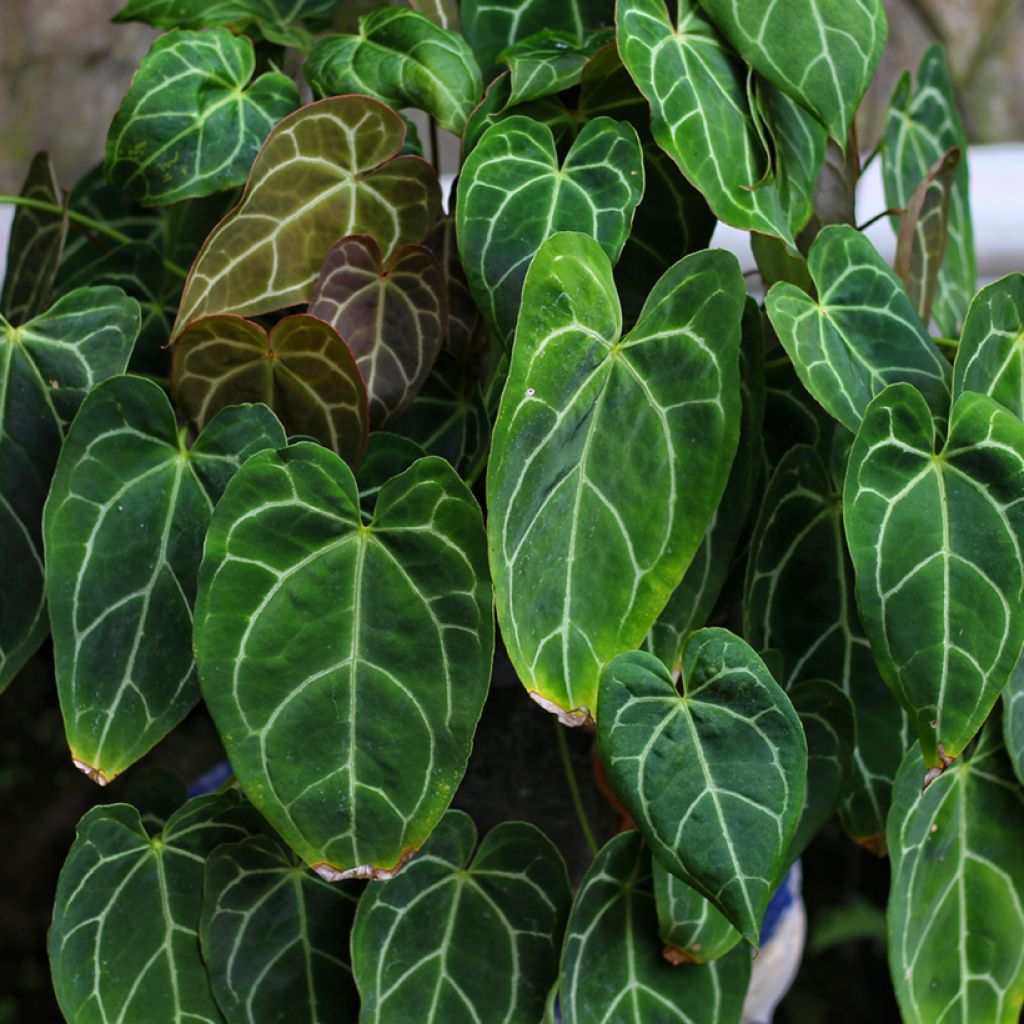

Anthurium crystallinum
Anthurium crystallinum
Anthurium crystallinum
Crystal anthurium
Special offer!
Receive a €20 voucher for any order over €90 (excluding delivery costs, credit notes, and plastic-free options)!
1- Add your favorite plants to your cart.
2- Once you have reached €90, confirm your order (you can even choose the delivery date!).
3- As soon as your order is shipped, you will receive an email containing your voucher code, valid for 3 months (90 days).
Your voucher is unique and can only be used once, for any order with a minimum value of €20, excluding delivery costs.
Can be combined with other current offers, non-divisible and non-refundable.
Home or relay delivery (depending on size and destination)
Schedule delivery date,
and select date in basket
This plant carries a 30 days recovery warranty
More information
We guarantee the quality of our plants for a full growing cycle, and will replace at our expense any plant that fails to recover under normal climatic and planting conditions.
Description
Anthurium crystallinum is a remarkable houseplant known for its velvety leaves adorned with white to silvery veins. Its large, heart-shaped leaves exude an exotic elegance that will enhance contemporary or tropical interiors. Place it in a bright living room or a conservatory that isn't too cold. Position it in a spot with indirect light and maintain high ambient humidity.
Anthurium crystallinum belongs to the Araceae family, much like its close relative, Anthurium clarinervium, with which it is sometimes confused. The leaves of Anthurium crystallinum, slightly more elongated and ovate, boast a luxurious velvety texture and a deep green hue. What sets it apart are its delicate, silvery-white veins that form intricate patterns on each leaf. Less imposing than Anthurium clarinervium, its leaves typically measure between 20 and 30 cm, while its mature size reaches 50 to 70 cm in height and width. Compared to Anthurium clarinervium, its leaves appear lighter and more refined, with more regular edges and a less deeply heart-shaped base. Though subtle, flowering can occur at any time of the year, producing a whitish spathe accompanied by a spadix.
Native to the tropical forests of Central and South America, particularly Peru and Colombia, it grows naturally in humid, shaded environments, often as an epiphyte on trees or rocks. This origin explains its specific needs: indirect light, a very well-draining substrate composed of orchid compost or sphagnum moss, and high humidity maintained by regular misting.
With its refined elegance, Anthurium crystallinum adapts perfectly to modern or tropical interiors. In a bright living room, bedroom, or conservatory, its sculptural leaves create a striking focal point. Its velvety foliage complements contemporary or minimalist styles but also blends seamlessly into an urban jungle or Scandinavian-inspired decor. Pair it with companion plants like Philodendron scandens, with its delicate trailing foliage, or Calathea orbifolia, whose broad, striped leaves contrast beautifully with Anthurium crystallinum. These plants share similar light and humidity requirements, creating a lush and balanced arrangement. Display your Anthurium on a wooden stand or in a ceramic planter to enhance its natural elegance.
Report an error about the product description
Anthurium crystallinum in pictures


Foliage
Plant habit
Flowering
Botanical data
Anthurium
crystallinum
Araceae
Crystal anthurium
South America
Safety measures
Other Anthurium - Flamingo Flower
View all →Location
Location
Maintenance and care
Watering tips
Potting advice, substrates and fertilisers
Houseplant care
Disease and pest advice
Maintenance and care
This item has not been reviewed yet - be the first to leave a review about it.
Haven't found what you were looking for?
Hardiness is the lowest winter temperature a plant can endure without suffering serious damage or even dying. However, hardiness is affected by location (a sheltered area, such as a patio), protection (winter cover) and soil type (hardiness is improved by well-drained soil).

Photo Sharing Terms & Conditions
In order to encourage gardeners to interact and share their experiences, Promesse de fleurs offers various media enabling content to be uploaded onto its Site - in particular via the ‘Photo sharing’ module.
The User agrees to refrain from:
- Posting any content that is illegal, prejudicial, insulting, racist, inciteful to hatred, revisionist, contrary to public decency, that infringes on privacy or on the privacy rights of third parties, in particular the publicity rights of persons and goods, intellectual property rights, or the right to privacy.
- Submitting content on behalf of a third party;
- Impersonate the identity of a third party and/or publish any personal information about a third party;
In general, the User undertakes to refrain from any unethical behaviour.
All Content (in particular text, comments, files, images, photos, videos, creative works, etc.), which may be subject to property or intellectual property rights, image or other private rights, shall remain the property of the User, subject to the limited rights granted by the terms of the licence granted by Promesse de fleurs as stated below. Users are at liberty to publish or not to publish such Content on the Site, notably via the ‘Photo Sharing’ facility, and accept that this Content shall be made public and freely accessible, notably on the Internet.
Users further acknowledge, undertake to have ,and guarantee that they hold all necessary rights and permissions to publish such material on the Site, in particular with regard to the legislation in force pertaining to any privacy, property, intellectual property, image, or contractual rights, or rights of any other nature. By publishing such Content on the Site, Users acknowledge accepting full liability as publishers of the Content within the meaning of the law, and grant Promesse de fleurs, free of charge, an inclusive, worldwide licence for the said Content for the entire duration of its publication, including all reproduction, representation, up/downloading, displaying, performing, transmission, and storage rights.
Users also grant permission for their name to be linked to the Content and accept that this link may not always be made available.
By engaging in posting material, Users consent to their Content becoming automatically accessible on the Internet, in particular on other sites and/or blogs and/or web pages of the Promesse de fleurs site, including in particular social pages and the Promesse de fleurs catalogue.
Users may secure the removal of entrusted content free of charge by issuing a simple request via our contact form.
The flowering period indicated on our website applies to countries and regions located in USDA zone 8 (France, the United Kingdom, Ireland, the Netherlands, etc.)
It will vary according to where you live:
- In zones 9 to 10 (Italy, Spain, Greece, etc.), flowering will occur about 2 to 4 weeks earlier.
- In zones 6 to 7 (Germany, Poland, Slovenia, and lower mountainous regions), flowering will be delayed by 2 to 3 weeks.
- In zone 5 (Central Europe, Scandinavia), blooming will be delayed by 3 to 5 weeks.
In temperate climates, pruning of spring-flowering shrubs (forsythia, spireas, etc.) should be done just after flowering.
Pruning of summer-flowering shrubs (Indian Lilac, Perovskia, etc.) can be done in winter or spring.
In cold regions as well as with frost-sensitive plants, avoid pruning too early when severe frosts may still occur.
The planting period indicated on our website applies to countries and regions located in USDA zone 8 (France, United Kingdom, Ireland, Netherlands).
It will vary according to where you live:
- In Mediterranean zones (Marseille, Madrid, Milan, etc.), autumn and winter are the best planting periods.
- In continental zones (Strasbourg, Munich, Vienna, etc.), delay planting by 2 to 3 weeks in spring and bring it forward by 2 to 4 weeks in autumn.
- In mountainous regions (the Alps, Pyrenees, Carpathians, etc.), it is best to plant in late spring (May-June) or late summer (August-September).
The harvesting period indicated on our website applies to countries and regions in USDA zone 8 (France, England, Ireland, the Netherlands).
In colder areas (Scandinavia, Poland, Austria...) fruit and vegetable harvests are likely to be delayed by 3-4 weeks.
In warmer areas (Italy, Spain, Greece, etc.), harvesting will probably take place earlier, depending on weather conditions.
The sowing periods indicated on our website apply to countries and regions within USDA Zone 8 (France, UK, Ireland, Netherlands).
In colder areas (Scandinavia, Poland, Austria...), delay any outdoor sowing by 3-4 weeks, or sow under glass.
In warmer climes (Italy, Spain, Greece, etc.), bring outdoor sowing forward by a few weeks.






























